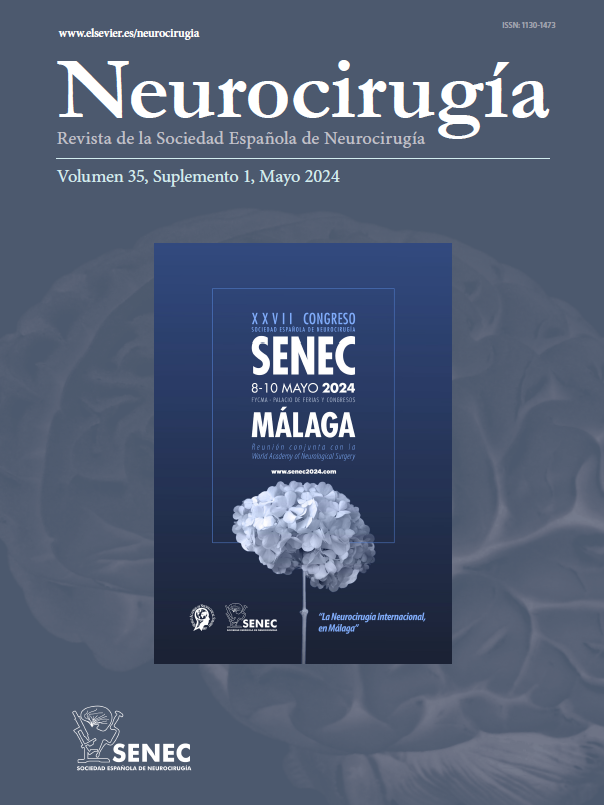O-069 - SPINAL CORD LIPOMAS: LESSONS LEARNED IN THE ERA OF TOTAL RESECTION
Hospital Regional Universitario Carlos Haya, Málaga, Spain.
Introduction: Spinal cord lipomas are one of the most common developmental malformations in paediatric neurosurgery. They were first described by Virchow in 1857, but it was not until 1982 that the first classification was made by Chapman. Recent years have seen a paradigm shift towards total/near-total resection in spinal cord lipoma surgery. As this procedure is technically challenging, surgical candidates need to be selected appropriately through accurate image assessment and classification.
Objectives: The purpose of this study is to describe a surgical series of spinal cord lipomas, their diagnosis, results and complications. As a secondary outcome, we analyzed possible risk factors for retethering.
Methods: We undertook a retrospective review of paediatric patients with spinal cord lipomas who underwent surgery between 2008 and 2022. The variables studied were age, gender, preoperative symptoms according to the Necker Functional Score (NFS), type of lipoma according to Morota’s classification, functional and radiological surgical outcomes using cord-sac ratio (CSR), need for re-operation, complications and follow-up.
Results: A total of 25 patients (average age 36 months) underwent surgery. According to Morota’s classification, MRI showed 13 type 1 lipomas, two type 2, two type 3 and eight type 4. The preoperative NFS was 16,06, with urological abnormalities being the most frequent manifestation. Total/near-total resection was attempted since 2015. Five patients with type 1 lipoma required re-operation due to clinical deterioration with suspected retethering, all of them with a CSR > 0.3. The series average CSR was 0.417.
Conclusions: This study highlights the importance of proper classification for correct surgical approach to obtain favourable results and minimise possible complications. Based on our experience, given our results regarding the percentage of fistulae and retethering rates, we limited radical resection to symptomatic type 1 lipomas. Our future aim is to obtain better CSR rates and to decrease the retethering percentage.







